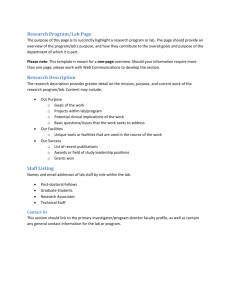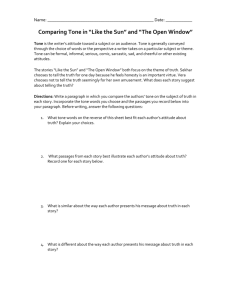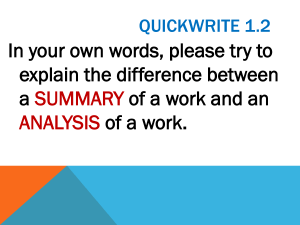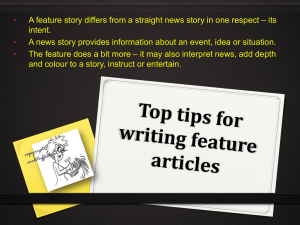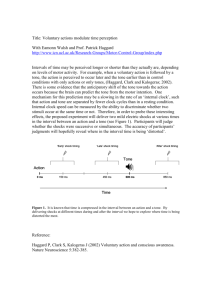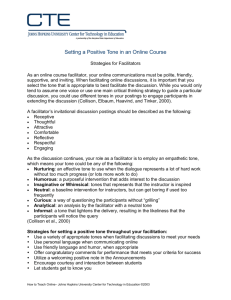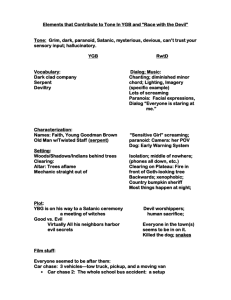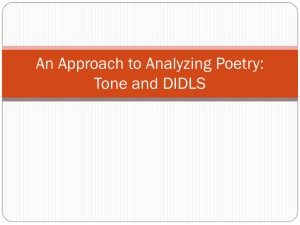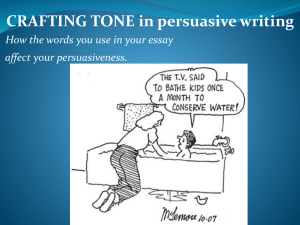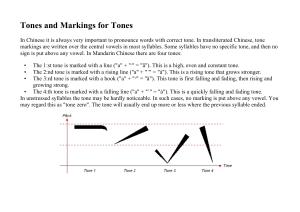Analyzing & Reporting Research
advertisement
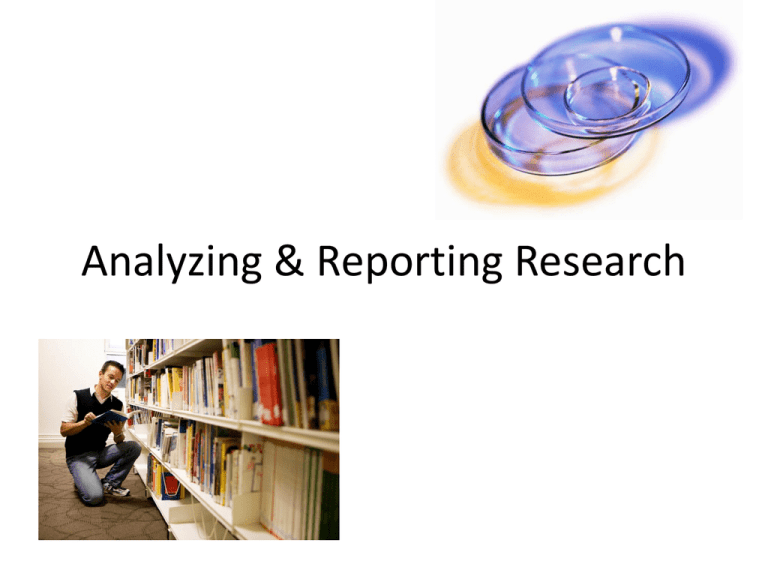
Analyzing & Reporting Research The Basic Framework • Introduce source and author. Who is author and why should we hear what he/she says? • Succinctly summarize the source. • Identify the main claim. • Point out reasons. • Note how evidence supports reasons. • Recognize warrants/assumptions of author. • Characterize tone of source if this is important. How to Introduce the Source Deborah Tannen, professor of linguistics at Georgetown University, discusses “agonism” in public argument in her article “We Need Higher Quality Outrage.” Succinctly Summarized According to Tannen, “agonism,” which she defines as “ritualized opposition, a knee-jerk, automatic use of war-like forms,” has taken center stage in public argument. She suggests that the public no longer hears “genuine opposition” in debates over important issues because most people seem to prefer a “riveting fight.” Her article further concludes that negative attacks and name calling often replace healthy oppositional discussions(23). Tone: Attitude of Writer Toward Subject • Writer’s tone will tell you something about his/her position on subject. • Your job is to appear neutral in your discussion of sources. Your Turn • Read and annotate “What are we fighting for?” by Ralph Wedgwood • Introduce source and author. Who is author and why should we hear what he/she says? • Succinctly summarize the source. • Identify the main claim. • Point out reasons. • Note how evidence supports reasons. • Recognize warrants/assumptions of author. • Characterize tone of source if this is important
